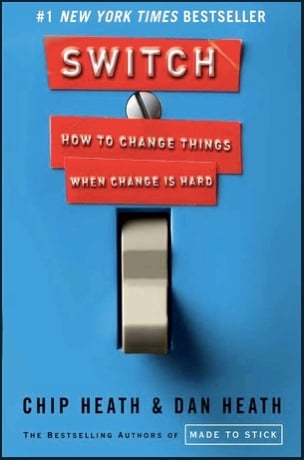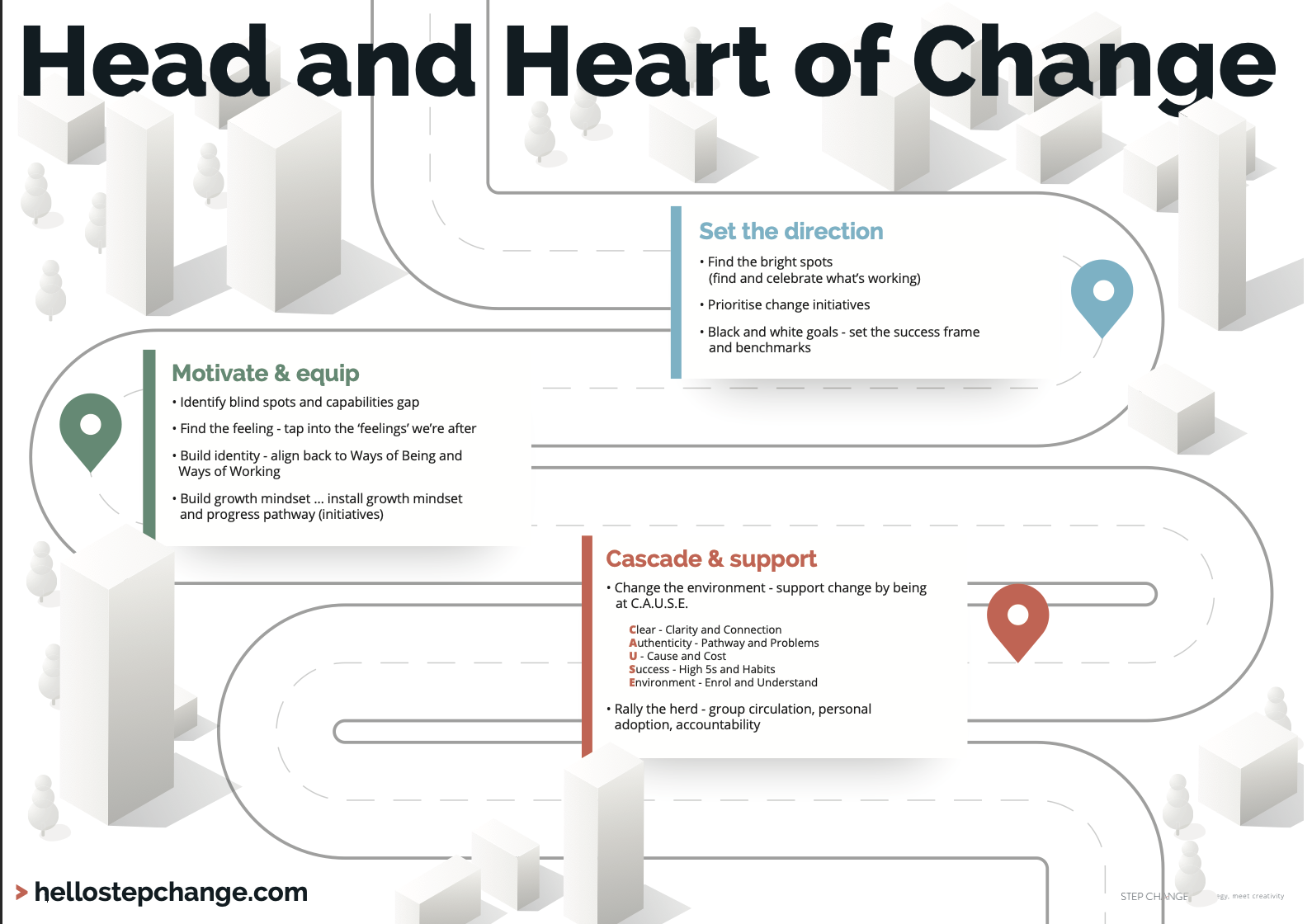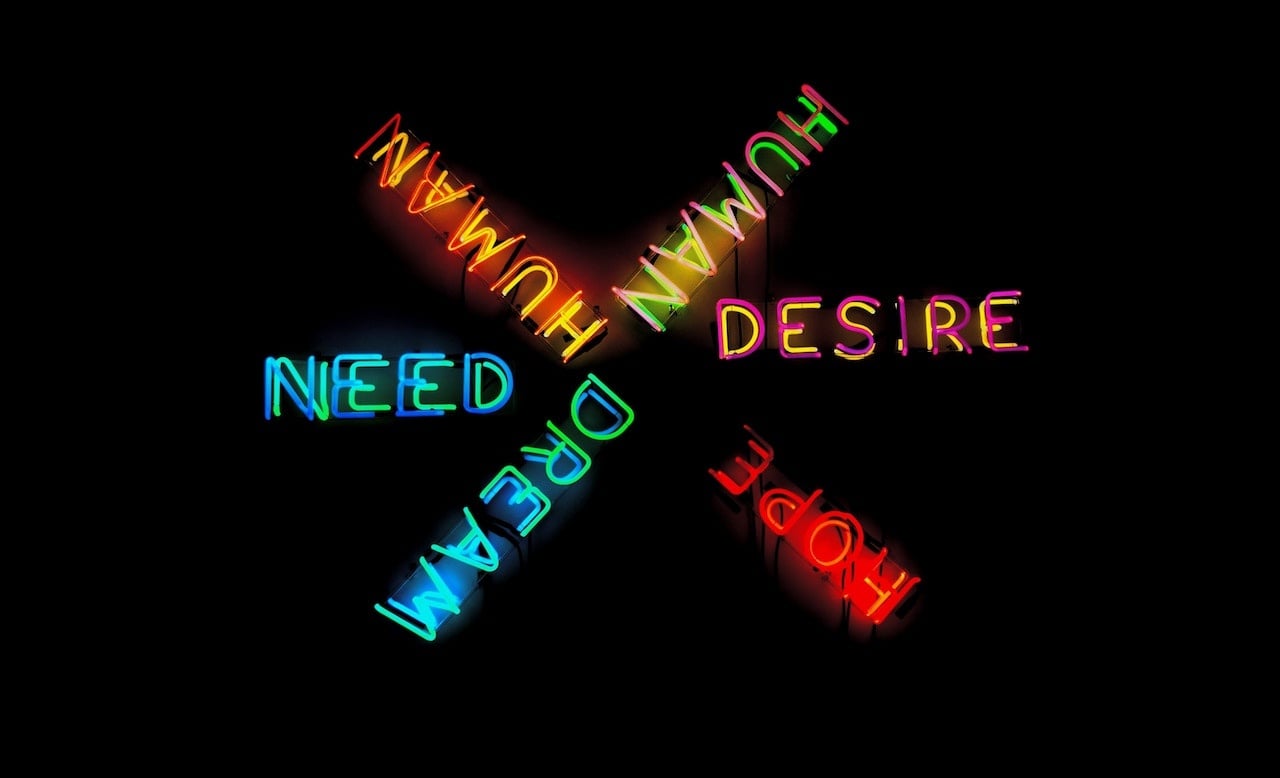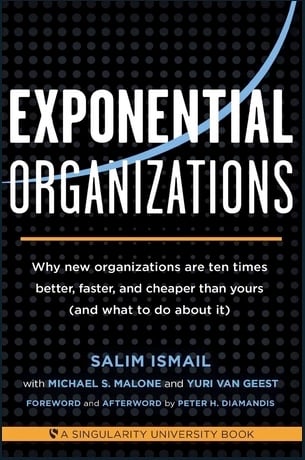Understanding different aspects of human behaviour is crucial to every strategy. In this week’s Knowledge Nugget, we’ll take a closer look at Switch by Chip Heath & Dan Heath.
According to both authors, human beings are constantly torn between two parts of their personalities: The Rational (The Rider) and the Emotional (The Elephant). And in order for us to fully affect positive change, we need to learn how to seamlessly switch between these two facets.

Insight: Most strategies involve an aspect of human behavioural change. A failure to fully understand human change will therefore lead to a failure in strategy.
Data: 76% of Businesses Fail to Use Behavioural Targeting.So when it comes to data and people, it often simply doesn’t add up. (Disruptor Daily)
What’s the step change: Learn how to win both heads and hearts to drive change successfully. Download the Knowledge Nuggets: Switch PDF to learn more.
So what is Switch, and how does its concepts affect our overall take on business and life in general?
In Switch, authors Chip and Dan Heath explore the concept of change and self-control. They point out that change is difficult without the right motivation and compels readers to look at things in a different way. To them, a change of perspective can do wonders for your motivation and get you started on the path of self-improvement.
The Rational Vs The Emotional
Switch also explains the symbolisation of the struggle between the rational (the Rider) and the emotional (the Elephant), which represents the two facets of every person. The Elephant pertains to our emotions and represents our base thoughts, desires, and impulses. The rider, on the other hand, is our rational side and represents our intelligence, discipline, and overall sense of control.
Oftentimes, we see these facets at complete odds with one another and are locked in an unrelenting struggle for dominance.
This is where the key concepts of Switch comes in — there shouldn't be a struggle between the two sides. Instead, the two aspects of our personalities should work together. The rider should be given direction or an overall goal. The elephant, on the other hand, should be given the right motivation to make use of its raw energy and impulses. In short, there must be a balance between the two.
Basic Framework to Change Behaviour
Direct the Rider: What looks like resistance is often a lack of clarity. So provide crystal-clear direction.
- Find the bright spots – Investigate what’s already working and reinforce it
- Script the critical moves – Provide crystal clear guidance with specific behaviours
- Point to the destination – Know where you’re going and why it’s worth it
Motivate the Elephant: What looks like laziness is often exhaustion. The Rider can’t get his way by force for very long. So it’s critical that you engage people’s emotional side—get their Elephants on the path and encourage them to cooperate.
- Find the feeling – Knowing something won’t ignite a change, feeling something will.
- Shrink the change – Break down the change until it no longer spooks the Elephant.
- Grow your people – Install the growth mindset and properly prepare for failure.
Shape the Path: What looks like a people problem is often a situation problem. The authors call the situation (including the surrounding environment) the “Path.” When you shape the Path, you make change more likely, no matter what’s happening with the Rider and Elephant.
- Tweak the environment – When the situation changes, the behaviour changes
- Build habits – Look for ways to encourage new habits with triggers and checklists
- Rally the Herd – Behaviour is contagious, so help it spread.
Keep the Switch Going
Change is a process and every process takes time. The good thing about the process of change is that once the change starts, it seems to feed on itself.
It’s a snowball effect based on the mere exposure effect — the more you are exposed to something, the more you like it.
Start by praising every small act, every time. You need to constantly notice and reinforce positive behaviour. Reinforcement is the secret to getting towards the final destination step by step.
People don’t like to think in one way and behave in another. They want their thinking and action to be congruent. When people start acting in a new way, it becomes more difficult for them to cognitively dislike their new destination.
It is by adapting new behaviours and philosophies that we will be able to make positive changes in our lives and those around us. All in all, change is key, but positive reinforcement and consistency are the most important aspects of change.
So if you want to keep the change going, find ways to reinforce your positive behaviour. Make it a part of your daily life and continue to strive for positive change.
The Head and Heart of Change
As it was stated earlier, self-control is a daily scarce resource. It can run out, and each day, in the course of the day, our ability to trust ourselves declines.
In truth knowing makes no difference. Although we can understand something, but unless we are in action and we have practiced it and we are supported in our endeavours, then knowing makes no difference.
It shows that ambiguity is the enemy. That in the absence of certainty then people won’t take the right action. And that mindset changes the effect of our actions. So we have to get that mindset right, to be effective in our actions.
In building those principles Step Change put together key principles from Switch. And we made the Head and Heart of Change. It essentially has three parts.

Set the Direction
Setting the direction is all about finding the bright spots. You should find what works and celebrate that.
Prioritise the change initiatives, be very clear on the sequencing and sometimes look for a quick win. And then be black and white with your goals. You should set success frames and benchmarks so you know that it is achievable.
Here’s a quick summary:
- Find the bright spots and celebrate what’s working.
- Prioritise change initiatives.
- Black and white goals-set the success frames and benchmarks.
Motivate and Equip
There must be a capabilities analysis and the ability to look for blind spots in an organisation. We then need to tap into the feeling, this is the heart of change. To feel what it is like on the other side.
We then need to tie back on our identity, our Ways of Working and our Ways of Being, so that we can move with clear expectations of how this comes together as a team.
And then we need to build that growth mindset, to make sure that we are building new capabilities, and that we have our pathways of progress aligned.
Here’s a quick summary:
- Identify blind spots and capabilities gaps.
- Find the feeling-tap into the ‘feelings’ we’re after.
- Build identity-align back Ways of Being and Ways of Working.
- Build growth mindset- Install growth mindset and progress pathway (initiative).
Cascade and Support
This part is all about cadence and frequency. We want to change the environment to support the people on this journey.
- Change the environment - Support change by being at C.A.U.S.E.
Clear- Clarity and Conception.
Authentication-Pathway and Problems.
U- Cause and Cost
Success-High 5s and Habits
Environment- Enrol and Understand
- Rally the Herd
In Rally the Herd, we ask the questions. Can we circulate success as a group? Can we get a personal adaption where people are making a personal commitment. And can we use the support of technology and teamwork for accountability?
We encourage you to get into Switch by Chip and Dan Heath. It’s a wonderful treatise.
Download our Knowledge Nugget on Switch and learn more about the head and heart of change.
















